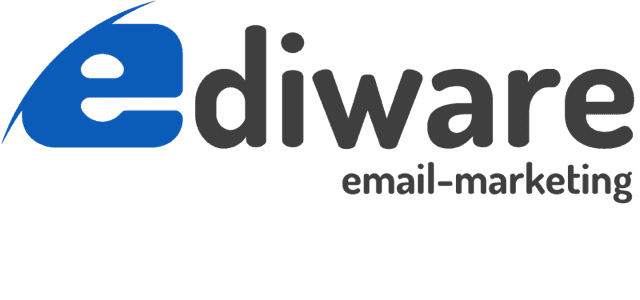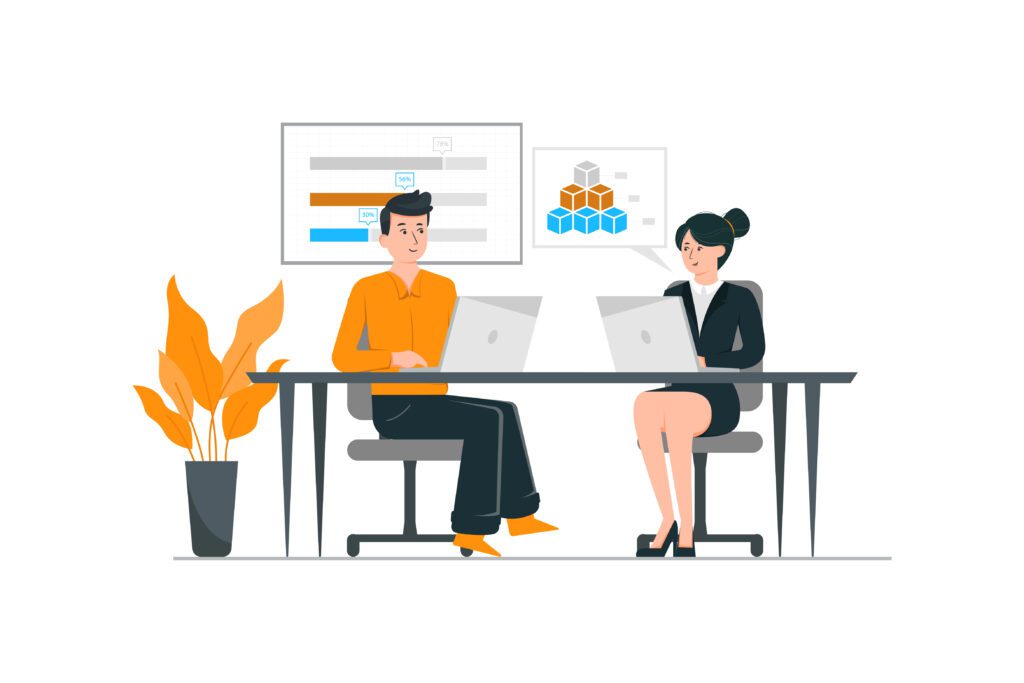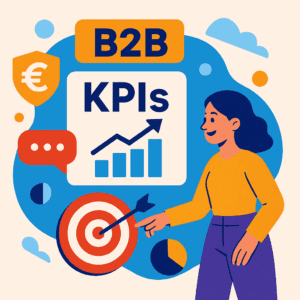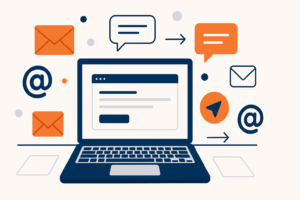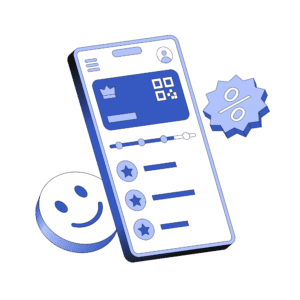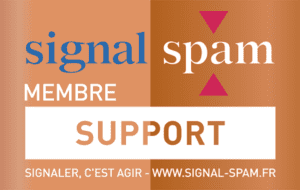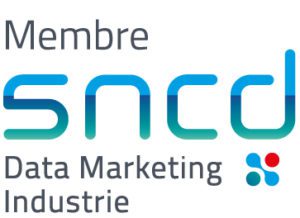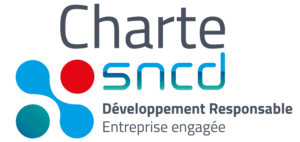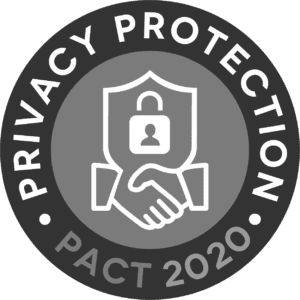Completing a B-to-B sale is generally longer and more complicated than in the B-to-C sector, requiring the involvement of several decision-makers. Business customers have evolved from attending trade shows to conducting their own online research to make decisions.
The companies that manage to succeed are those that manage to reconcile these two elements at the same time, soothing the problems encountered by customers throughout the purchasing process and convincing them of the relevance of their choice. ✅
The question? Purchasing choices in the business world are not taken lightly. A B-to-B buying group is made up of a variety of players; purchases must be cost-effective before they receive final approval. 💼
By understanding these elements, you can more effectively adjust your marketing strategies to meet the demands of today’s business customers. Don’t forget: transparency and highlighting added value are crucial to having a positive impact on purchasing choices.
Key factors influencing B-to-B purchasing decisions
Organizational factors
Purchasing choices in the B-to-B sector are often driven by growth objectives and performance pressures. Companies set ambitious targets for expansion, and acquire products that can help their teams achieve them more quickly and efficiently. For example, the need to generate more revenue or open new branches can lead to an urgent purchasing decision for high-performance solutions. By understanding these organizational elements, you can better tailor your offerings to the strategic needs of your business customers. 🚀
Growth targets
- Ambition: Companies set ambitious goals for their development.
- Efficiency: they buy products that help teams achieve these goals more quickly and efficiently. 🚀
Performance pressure
- Revenue generation: The need to generate more revenue drives the purchase of new products.
- Expansion: The opening of new sites or rapid growth can increase the urgency of purchasing effective solutions.
By taking these organizational factors into account, you can tailor your email marketing strategies to better meet your prospects’ needs and motivations.
Remember: every purchasing decision is influenced by specific objectives and internal pressures.
Individual factors
Purchasing choices in the B-to-B sector are also affected by personal factors. Employees, often those who use products directly, identify needs and initiate the purchasing process. For example, cashiers may be looking for ergonomic seating to avoid back pain. In addition, the personal preferences and previous experiences of decision-makers play a crucial role. These personal elements can strongly influence product and supplier choices, making it essential to personalize your offers to meet the specific expectations of end-users.
Initiators of the purchasing process
- Needs Identification: Field employees identify specific needs and initiate the purchase.
- Example: For example, cashiers may be looking for ergonomic chairs to avoid back pain. 💺
Experience and preferences
- Personal preferences: Decision-makers’ individual preferences influence product choices.
- Past experience: Previous experience with products or suppliers plays a crucial role in purchasing decisions.
By understanding these individual factors, you can tailor your email marketing campaigns to meet the specific needs and preferences of decision-makers. Remember: each individual in the buying process brings his or her own perspective and influences final decisions.
Environmental factors
Increasing competition in the marketplace, with new e-commerce companies emerging daily, is driving companies to purchase products to stay ahead. In addition, dynamic economic conditions, current regulations and technological trends play a crucial role. Companies seek to anticipate and adapt to these changes to maintain their competitiveness and meet market demands. Understanding these external factors enables you to adapt your marketing strategies to better meet the needs of business customers in an ever-changing environment.
- Market competitiveness: With the rise of e-commerce companies, staying competitive can trigger the buying process.
- Loss aversion: The psychology of loss aversion plays a role, making it more difficult to lose an acquired advantage. Use this notion to influence your marketing strategies.
How to speed up the B-to-B purchasing process
1. Facilitate self-service via an ecommerce storefront
- User experience: Offer a similar experience to B-to-C with an easy ordering process, simple product selection and a clear returns policy.
- Buyer autonomy: Enable buyers to research and make decisions autonomously, responding to their growing preference for self-service.
2. Use behavior-triggered emails
- Reactivity: Send emails based on specific user actions (e.g. downloading a white paper, registering for a webinar).
- Relevance: make sure recipients receive relevant content at the right time, increasing the chances of engagement. 📈
3. Sophisticated email list segmentation
- Precise targeting: Divide your email list into segments based on user interaction and behavior.
- Personalized messages: Tailor your messages for each segment, offering content that resonates with their specific interests and needs.
4. Programming regular communications
- Consistency: Maintain regular communication with newsletters, updates and thought leadership content.
- Lasting relationships: Build and maintain strong relationships with your customers through a constant presence. 📅
Automation of key customer interactions
Implementing automation in B-to-B email marketing is a real asset for improving the effectiveness and efficiency of your campaigns. Automation tools offer a range of features that can transform the way you interact with your audience, making your campaigns more targeted and responsive to customer behavior.
Behavior-triggered emails
One of the main uses of automation is to send emails triggered by specific recipient behaviors. 📧 For example, an email can be automatically sent following the download of a white paper, the registration for a webinar or the visit to a particular page. This type of targeted communication ensures that your audience receives relevant content at the right time, significantly increasing the chances of engagement.
Sophisticated segmentation
Automation tools also enable sophisticated segmentation of your email list based on user interactions and behaviors. This segmentation enables you to tailor your messages more precisely to different groups within your audience, offering content that resonates with their specific interests and needs. This personalization is crucial in B-to-B marketing, where the decision-making process is often complex and based on detailed information.
Conclusion
In order to influence and stimulate B-to-B purchasing decisions, it’s crucial to understand the organizational, individual and environmental elements that drive them. By combining personalization and automation in your email marketing campaigns, you can make the buying process smoother and faster. Keep in mind that it’s essential to be relevant, responsive and consistent. By implementing these strategies, you’ll maximize your prospecting efforts and strengthen your business relationships. Happy prospecting! 🚀
